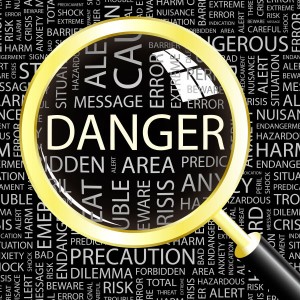The Liner Protects the Flue…and You
Anyone who has a fireplace and chimney in their home knows that they require a certain amount of upkeep. When repairs are necessary, using the chimney can actually be very dangerous. In many cases, the part of the chimney that requires repair or replacing is the flue liner. There are a few things homeowners should understand about these repairs in order to make educated decisions for their homes.
The long part of the chimney that extends from the home is actually called the flue. The function of the flue is to allow smoke and combustible gasses safely out of the home. The liner protects the flue from dangerous gasses as well as from other elements such as water or animal debris. Using a fireplace without a proper chimney liner can be extremely dangerous.
One of the most common problems with a flue liner is that it actually begins to crumble and fall apart. This usually happens when the liner becomes moist as a result of water or snow entering the flue. In most cases, this is a problem for liners that are made of clay and tile. To avoid this issue, consider installing a chimney cap that will keep unwanted moisture from getting into the flue.
Over time, it is also possible for the liner to actually separate itself from the wall of the flue. When this happens, it is, again, possible for moisture to get in and damage the flue. In addition, combustible gasses may make their way in the space between. This is dangerous because it can cause damage to the flue but it can also trap the dangerous gasses in the space rather than letting them out safely. This can cause serious illness to those in the home and can even result in a chimney fire.
When these common chimney flue liner problems arise, many people decide to replace the liner completely rather than trying to repair it. In many cases, they decide that it is best to replace their clay or tile liner with a stainless steel option. Steel is far more durable when put up against common issues like moisture. It is also likely to last much longer in terms of general wear and tear than the other available options. If you are looking to make your clay liner workable, consider the HeatShield process to restore it.
Those who own older homes should make sure that there is a flue liner in place before attempting to use their fireplaces. If the home was built prior to the 1950s, there is a chance that there is no liner there at all. This is extremely dangerous and the fireplace should not be used until there is a liner in place. In fact, a home without a liner will not pass a safety inspection today.
The chimney flue liner is a part of the chimney that many people do not think about or even know about until it has a problem. However, it is an extremely important part of chimney safety and must be properly maintained. If a clay or tile liner starts to fall apart, it may be best to replace it with a stainless steel liner.

